Want 4 foot tall hedge along dusty gravel road
msnpdx
14 years ago
Related Stories
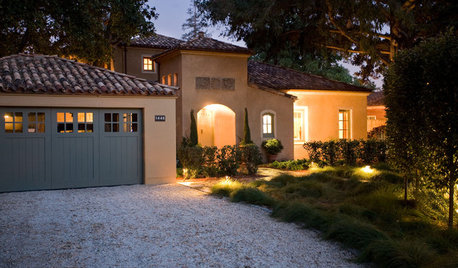
REMODELING GUIDESGravel Driveways: Crunching the Pros and Cons
If you want to play rough with your driveway, put away the pavers and choose the rocky road
Full Story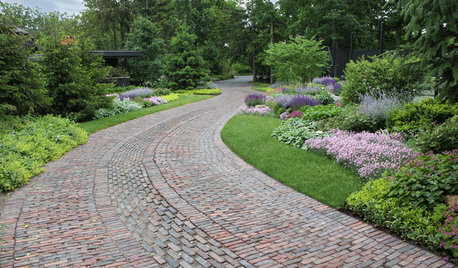
LANDSCAPE DESIGN6 Driveway Looks Take Landscapes Along for the Ride
See how to design a front yard that makes your driveway its own destination
Full Story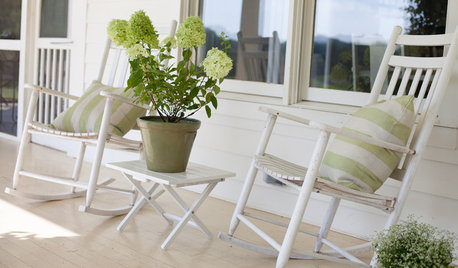
LIFEHow to Get Along With the Neighbors — and Live Happier at Home
Everyone wins when neighbors treat one another with kindness, consideration and respect
Full Story
LANDSCAPE DESIGNGet Along With Less Lawn — Ideas to Save Water and Effort
Ditch the mower and lower your water bill while creating a feast for the eyes with diverse plantings and gathering places
Full Story
GARDENING GUIDESGarden Myths to Debunk as You Dig This Fall and Rest Over Winter
Termites hate wood mulch, don’t amend soil for trees, avoid gravel in planters — and more nuggets of garden wisdom
Full Story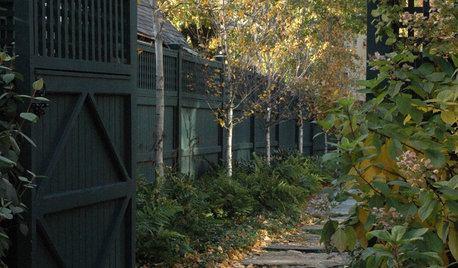
GARDENING AND LANDSCAPING12 Great Fences and Gates
Add Texture and Structure to your Garden With Fences with Flair
Full Story
LIFEHow Your Landscaping Can Keep Burglars Away
Prevent home break-ins with strategic landscaping and good practices instead of menacing — and maybe less effective — measures
Full Story
GARDENING GUIDESOh, Deer! 10 Native Flowers That Stand Up to the Herds
Keeping a garden amid hungry deer can be hard, but these plants should fare well
Full Story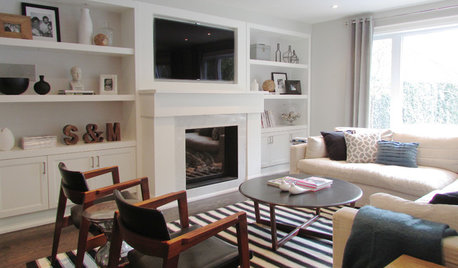
HOUZZ TOURSMy Houzz: Rising to the Renovation Challenge in Toronto
An eye for potential and substantial remodeling lead to a chic and comfortable home for a Canadian family
Full Story
EXTERIORSWhere Front Yards Collide: Property Lines in Pictures
Some could be twins; others channel the Odd Couple. You may never look at property boundaries the same way again
Full StoryMore Discussions








Embothrium
annzgw
Related Professionals
Carlisle Landscape Architects & Landscape Designers · Cary Landscape Architects & Landscape Designers · Chattanooga Landscape Architects & Landscape Designers · Washington Landscape Architects & Landscape Designers · Bowie Landscape Contractors · Dudley Landscape Contractors · Lake Zurich Landscape Contractors · Pacifica Landscape Contractors · Severna Park Landscape Contractors · Sun City Center Landscape Contractors · New Carrollton Landscape Contractors · Candler-McAfee Fence Contractors · Berkeley Fence Contractors · Oregon City Fence Contractors · Oxnard Fence ContractorsmsnpdxOriginal Author
Embothrium
jewell_pnw
Embothrium
lazydaisynot
Embothrium
lazydaisynot
botann
Embothrium
gardengal48 (PNW Z8/9)
hemnancy
Embothrium
bobb_grow
Kellie J
Embothrium